The book The Ghost Army of World War II, written by Rick Beyer, has been adapted for the movies. Ben Affleck is set to direct.
The book details the work undertaken by the Ghost Army, a troop of American artists and actors who saved thousands of Allied lives by duping the enemy.
When the Axis intelligence community saw the data collected by Nazi reconnaissance planes when they flew over the United States Army’s 23rd Headquarters Special Troops base, they were convinced that this base housed 30,000 men who were ready for action.
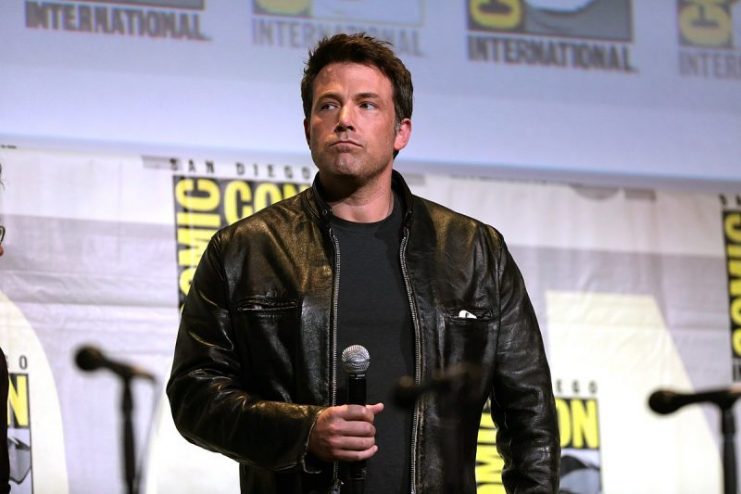
They saw military trucks, battalions of tanks, and washing lines crisscrossing the airfield which were laden with the clothes of the men stationed there. Along the edge of the airfield, they saw crates of ammunition as well as canons and camouflage jeeps just ready to be airlifted into service.
They even heard chatter on the radio waves. What they did not know was that this was all an elaborate ruse.
The military hardware that they saw were large inflatable decoys explicitly designed to dupe the enemy. These decoys were the work of a top-secret project that had recruited 1,100 men whose sole aim was to cause confusion within the ranks of the Axis powers.
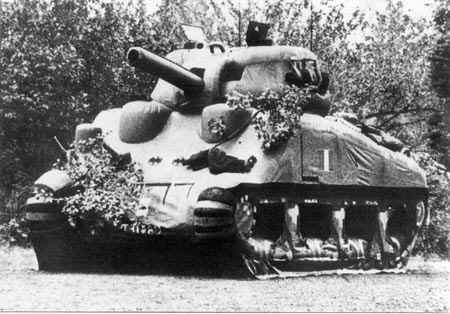
This troop became known as the Ghost Army, and it is estimated that they saved between 15,000 and 30,000 lives with their fabulous fabrications.
The Ghost Army drew skilled fabricators, actors, architects, and sound engineers who were all specially selected for their unique skills and their ability to mislead the Nazis.
The Army used the art of illusion to create full-size inflatable tanks and aircraft that were placed alongside crudely built wooden structures that looked like military bases from the air.
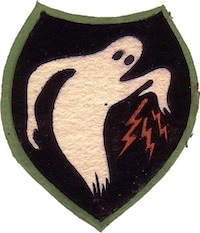
The sole aim of the Ghost Army was to draw Axis forces away from where the Allied troops were really stationed and force them to spread their troops very thinly.
They effectively tricked Hitler’s army into believing that the Americans were massing forces for a significant military operation, when in fact, the actual troops were many miles away.
A favorite trick was to mount a huge amplifier and speaker on top of a vehicle and drive it through the forest just out of sight of the German troops. The recording played over the speaker gave the impression of a large force moving towards them, so the German troops were intimidated into retreating.
The recordings used were made at Fort Knox and included the sounds of tank engines, gunshots, and artillery practice. These noises were then skilfully mixed into other sounds all designed to create the illusion that an active military force was very nearby. The recording could be heard up to 15 miles away.
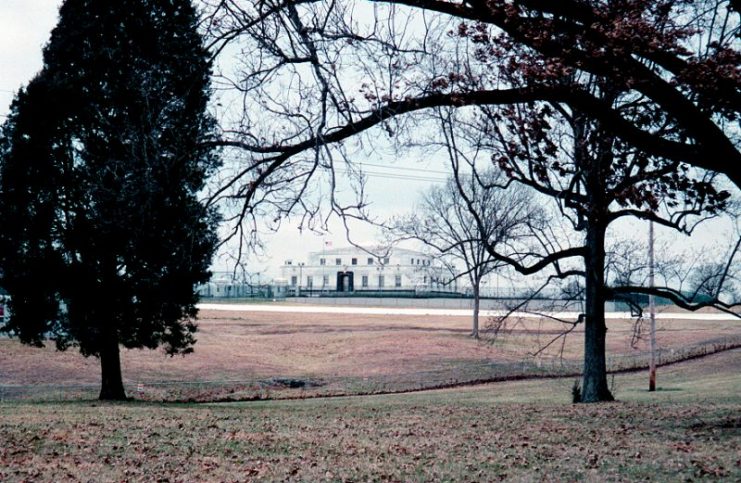
In addition to creating sound recordings, the sound specialists created fake intelligence messages that were sent over the airwaves. The messages were accurate right down to the correct cadence to match the Morse Code cadence of the regular radio operators.
The bogus Mustang P51s, tanks, jeeps and other military hardware could be inflated in minutes. When they were lined up around a fake airfield, the Germans were fooled into thinking that a large military base had been set up, housing thousands of men. In reality, the base consisted of flat pack buildings and blow-up figures.
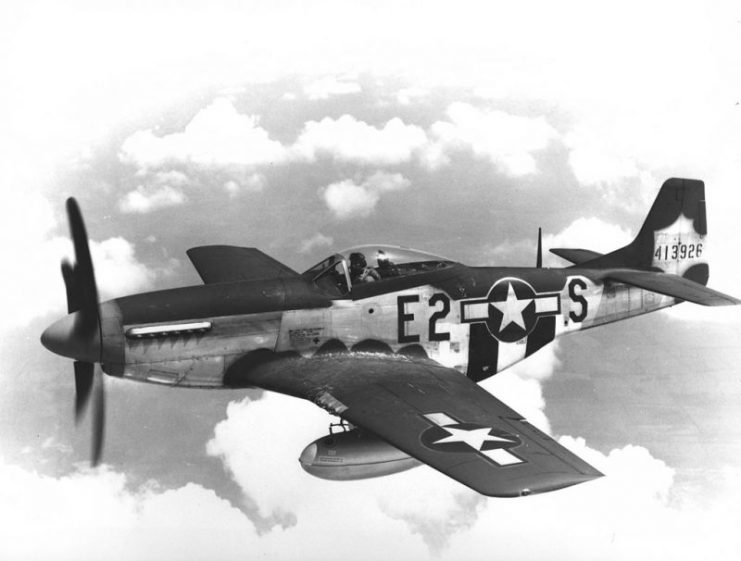
The unit worked mostly at night and under cover of darkness to create their fabulous illusions. Bulldozers were used to create fake tank tracks before rubber and air props were put in place. The artists made sure to paint the correct insignia onto the props.
During the day, the mobile tactical unit of the Ghost Army would use conventional theatrical tricks, such as having men dressed as military policemen stand at crossroads to conduct checkpoints. Actors dressed as officers walked openly through villages to ensure they were seen by enemy agents.

Military trucks would run along the road with two men seated right at the tailgate to give the impression that the truck was packed with men.
In a manner much like the Trojan Horse, the 23rd Headquarters Special Troops lived to deceive. Some of the veterans of this force are still alive today.
Bernie Bluestein was just 19 years old when he responded to an art course sponsored by the Army, only to discover that he had been recruited into the Ghost Army. He related how he was told that he would not be fighting like the infantry but would be using his artistic skills.
Gilbert Seltzer was a newly-minted architect when he was recruited into the Ghost Army as an officer. In an interview with NBC, Seltzer, now 103 years old, said that they were very proud of the work that they had done.
In addition, he had many amusing tales to tell of his time in the Army. He recalled that once two Frenchmen watched in amazement as a tank was lifted by two men. Seltzer said to them that Americans were very strong.
Other famous names recruited into the Army were Bill Blass the fashion designer, modern artist Ellsworth Kelly, and renowned wildlife artist Arthur Singer.
The Ghost Army designed and executed 21 wartime deceptions in the years between 1944 and 1945, starting a couple of weeks after D-Day and ending in the Rhine river valley.
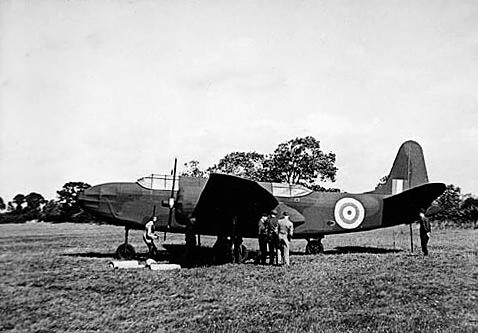
Perhaps their greatest illusion was carried out on the Rhine where they successfully distracted the enemy by building fake, inflatable aircraft transport ships that focussed the attention of the Germans while allowing the Allied forces to cross the river unmolested and in safety.
Read another story from us: The Ghost Army Of WWII – The Real-Life “Phantom Menace”
This magnificent unit operated in complete obscurity, and the members were warned to not speak of it to anyone. The military hierarchy did not want the Russians to know that the Americans had duped the German forces. It was not until 1996 that the true story of these brave men came out.
While carrying out their distractions, the men of this unit were not heavily armed and stood meters from the German forces. These men may not have fitted the general Hollywood idea of heroes, but they were some of the unsung heroes of WWII.
